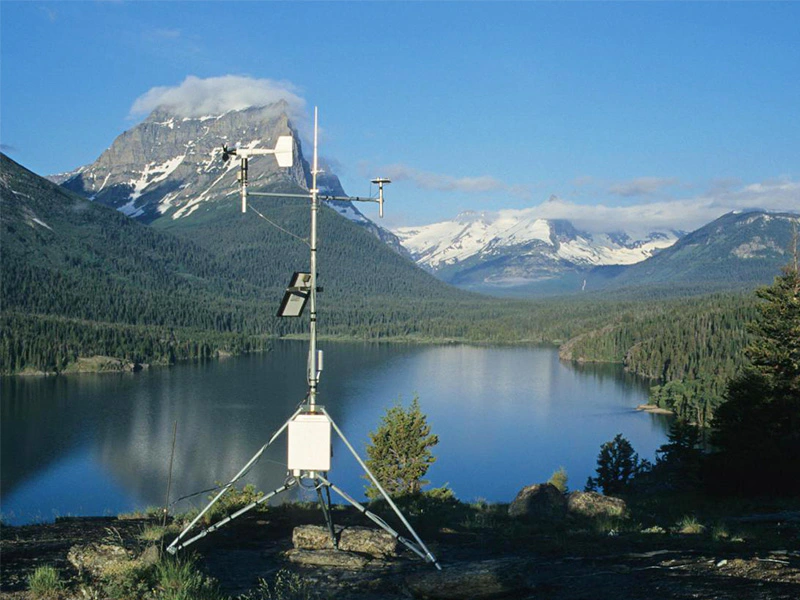
本身
# What is a Weather Station?
Understanding the Basics
A weather station is a facility equipped with instruments and sensors designed to measure and record various atmospheric conditions. These stations can be found in diverse locations, from remote rural areas to bustling urban centers, and even on ships or buoys at sea. The primary purpose of a weather station is to gather meteorological data that helps scientists, researchers, and the general public understand and predict weather patterns.
Components of a Weather Station
Modern weather stations typically include several key instruments:
- Thermometer: Measures air temperature
- Barometer: Records atmospheric pressure
- Hygrometer: Measures humidity levels
- Anemometer: Tracks wind speed
- Wind vane: Determines wind direction
- Rain gauge: Measures precipitation amounts
Advanced stations may also include sensors for solar radiation, soil temperature, and other specialized measurements.
Types of Weather Stations
Weather stations come in various forms to serve different purposes:
Professional Weather Stations
These are high-precision installations used by meteorological organizations, airports, and research institutions. They often feature redundant systems for reliability and require regular calibration.
Personal Weather Stations
Many weather enthusiasts install personal weather stations at their homes. These consumer-grade devices provide localized weather data and can often share information with online networks.
Automated Weather Stations
These unmanned stations automatically collect and transmit data, often in remote locations where human observation isn’t practical. They’re powered by solar panels and use satellite or radio transmission.
The Importance of Weather Stations
Weather stations play a crucial role in our daily lives and global systems:
- Providing accurate weather forecasts for agriculture, aviation, and maritime operations
- Monitoring climate change and long-term weather patterns
- Supporting emergency preparedness for severe weather events
- Contributing data for scientific research and environmental studies
Modern Advancements
Today’s weather stations benefit from technological advancements:
Wireless connectivity allows for real-time data transmission to centralized databases. Many stations now integrate with smartphone apps and online platforms, making weather information more accessible than ever. Some even use artificial intelligence to improve data analysis and forecasting accuracy.
As climate awareness grows, weather stations continue to evolve, providing increasingly detailed and valuable information about our changing atmosphere.
Keyword: what is a weather station